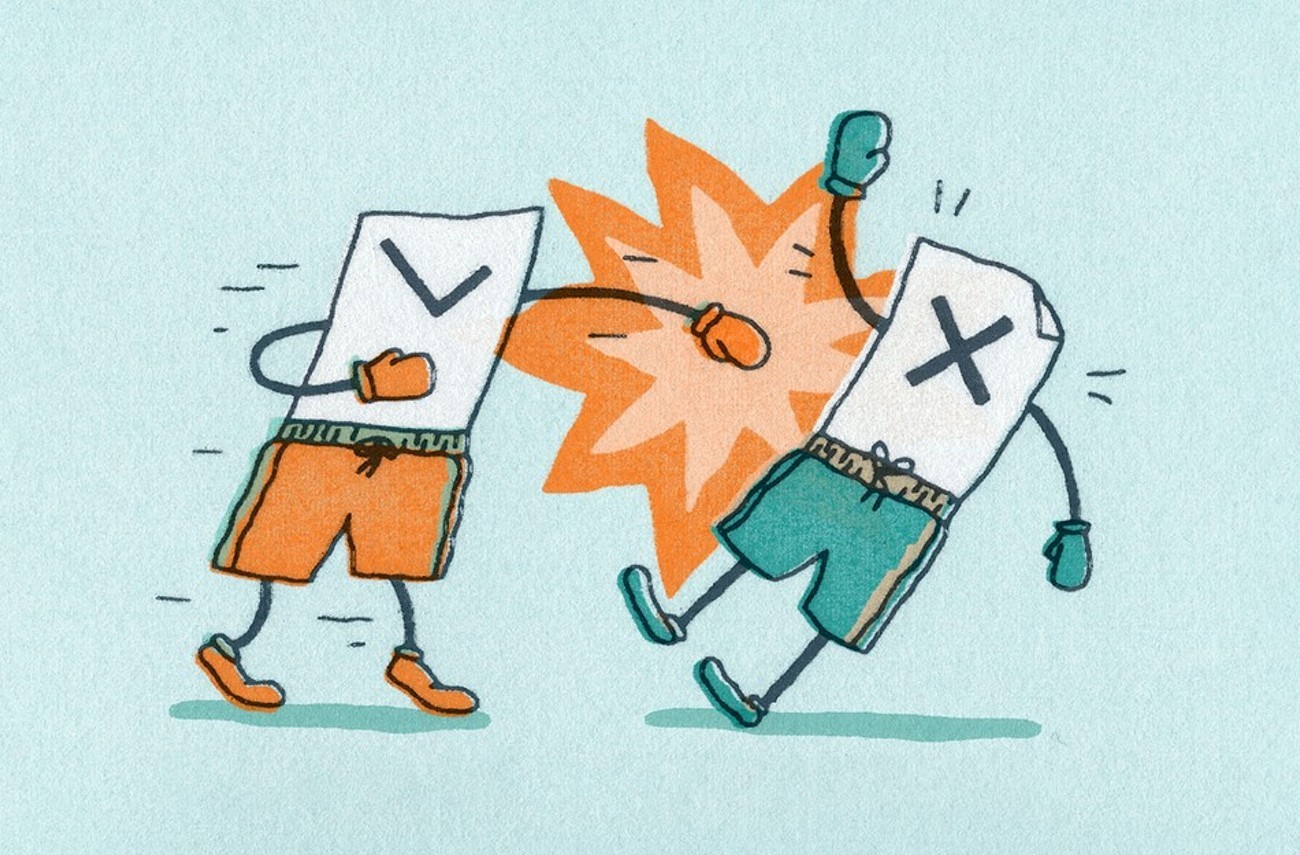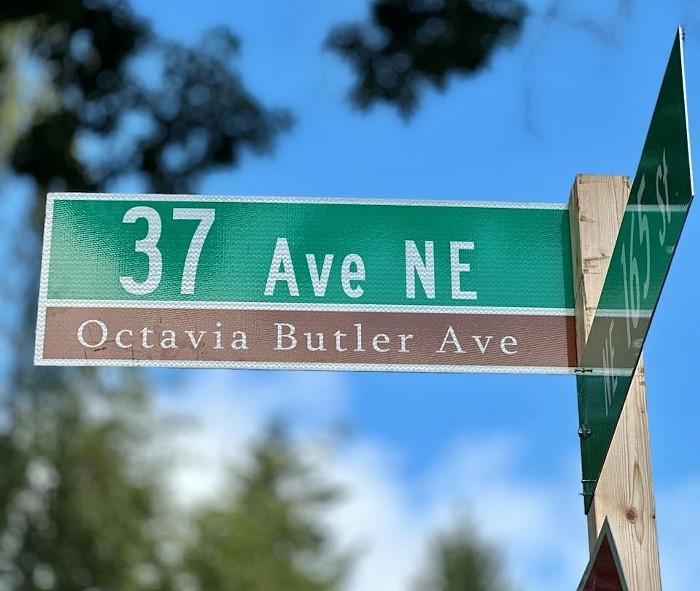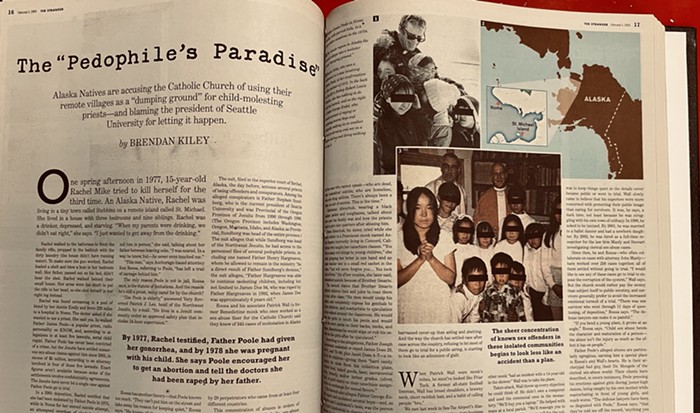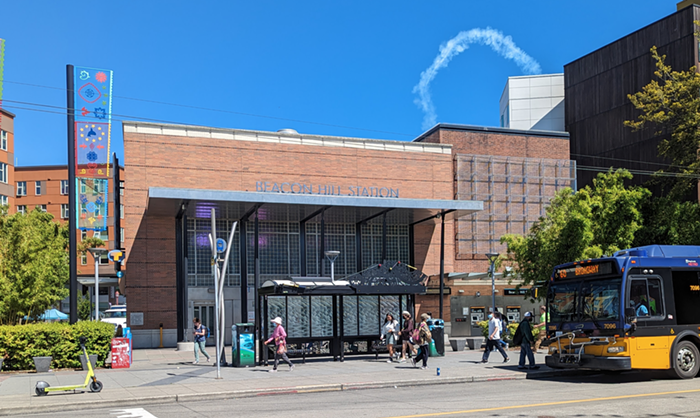This November, Seattle voters approved a ballot measure to change our voting system to a form of ranked-choice voting (RCV), which allows voters to rank candidates in a given race rather than simply picking one.
While voters decisively chose RCV over a competing system on the ballot, they showed less consensus over whether or not to make the change at all. Perhaps Seattle found the ballot prompts confusing, or maybe they followed the Stranger Election Control Board’s advice, or maybe there were just too many unknowns about how exactly we would transition to a new system.
According to Kendall Hodson, the Chief of Staff at King County Elections (KCE), that last concern seems to be only partially warranted: There’s a lot to do between now and when the City must implement RCV in 2027, but she’s confident that the department will get it done. Once they lay it all out, they’ll ring the City of Seattle to talk money.
A New Ballot
Hodson said the transition will begin with a new ballot design. Though the department hasn’t started its work in earnest, staff has already given some thought to what a ballot might look like, though nothing is set in stone, Hodson said.
RCV ballot designs in other places may help guide that work. For instance, Alaska, Maine, New York City, and other jurisdictions adopted a grid format:
Big majorities of Alaska voters report that they received educational materials in the mail, found #RankedChoiceVoting simple, and exercised their freedom to rank multiple candidates! #AKAL pic.twitter.com/S4eML8wjIK
— FairVote (@fairvote) September 1, 2022
This design makes a chart with candidate names down the vertical axis and the rankings (1, 2, 3; or first, second, third, etc.) across the horizontal axis. That way, there is a bubble to correlate every candidate with every ranking.
Minneapolis, which adopted RCV in 2009, formats its ballot similarly, except the candidate's name appears by the bubble under every ranking, which looks a little busier.
Cities also face the challenge of marrying RCV races with non-RCV races on one ballot. In Seattle, voters will use RCV for municipal positions such as the mayor and city council, but they will vote with the more familiar system for national, state, and special races such as school board directors. State law prescribes ballot order, so voters will likely swap back and forth between ranking candidates and voting for only one.
Putting the Ballot to the Test
Voters fuck up on the ballot all the time–no offense–so the Office of the Secretary of State (SOS) and KCE will have to write new voter guidelines to interpret RCV-related fuck-ups.
Stuart Holmes, the acting director of elections at SOS, said other jurisdictions will help the state identify common mistakes that voters make on RCV ballots and then take suggestions for the best way to interpret them.
The state will add its new rules to this big, long list of guidelines that apply to the whole state. In this way, Seattle’s go at RCV will set the standard for other RCV-hopeful jurisdictions in Washington.
However, Holmes said “unique rules may be required” if another jurisdiction wants to adopt another variation of RCV or a different ballot layout. That could lead to patchwork rulemaking.
“I believe the biggest help for the process–but perhaps not for expediting Seattle’s implementation—would be standardization. Adopting standards that all jurisdictions would follow would not improve the initial implementation timeline but would avoid having to repeat the implementation again in a different form,” said Holmes.
A bill that former House Rep. Kirsten Harris-Talley introduced in 2021 would have set some of those statewide standards, but it died in committee. After the win in Seattle, FairVote Washington, an advocacy group that pushed that bill and the Seattle initiative, will certainly try to pick up the fight for statewide RCV in the State Legislature next year in one way or another.
According to Holmes, the SOS has not committed to supporting a revival of any legislation to streamline RCV rules. “I would need to see the specifics of any bill introduced in the new legislative session before I could give a definitive assessment,” he said.
Regardless, KCE will have to test the ballot design and the intention guidelines with real voters. According to Hodson, when KCE has made minor changes in the past, they’ve set up “street focus groups,” where election workers just set up a table in public and ask people to review the new ballot. But because this change is so major, Hodson said KCE will test the ballot more thoroughly. Again, KCE hasn’t gotten that far into planning yet.
New Tabulation System
Once KCE settles on a ballot, they’ll update the County’s tabulation system to accommodate RCV.
Counting ballots presented issues in places like Minnesota. State laws there complicate the tabulation process, so cities in that state counted RCV ballots by hand. The SOS said Seattle will probably avoid that fate and use an automated system just like many other places. Holmes said that SOS will work with KCE to ensure “complete confidence in the results” before implementing the new tabulation system.
Hodson anticipates the changes will deal mostly with software, so KCE won’t have to buy a whole new machine. She said the County’s vendor estimated the software development will take a year-and-a-half to two years.
Election Results May Have to Wait–Or Not
Seattle’s reliance on mail-in voting means ballots trickle in long after election night, which makes figuring out a way to report results particularly tricky for KCE and the SOS.
When I asked Holmes if any state guidelines required KCE to report results at a certain frequency, he responded “TBD” in an email.
But lucky for KCE, Alaska and San Francisco show two paths for RCV with mail-in voting.
Alaska held off on announcing results until its election workers counted every vote, which took two whole weeks and probably gave some of their voters a 14-day panic attack.
Washington voters are used to waiting, but normally they get a little taste of the results right away. After the first round of ballots drop, the mathy election nerds tell us if there’s any hope for the progressive candidate to pull ahead, and it's actually pretty fun. San Francisco’s model maintains that fun by running the RCV algorithm on the available pile of ballots and reporting results everyday.
That reporting model didn’t seem to give misleading day-to-day results when the City tallied the votes as ballots rolled in this year. As in King County, some candidates maintained big election night leads until the end, while closer races narrowed over the course of two weeks.
Most Costs to Come from Voter Outreach and Education
After KCE figures out all the new rules and technical upgrades, election workers will need to explain the new system to the voters. That process is a ways down the road, but Hodson said KCE has found an education role model in New York City.
Ahead of New York City’s first crack at RCV, the City bought ads on TV, radio, newspapers, subway stations, bus shelters, and even streaming services. It printed educational resources in 18 languages, hosted dozens of multilingual workshops, and developed an app in partnership with RankedVote to help voters practice. The City called voters and aimed to send three million text messages to spread the word.
That effort cost $15 million for a city of nearly 8.5 million. A little more than 700,000 people live in Seattle. If we spent the exact same amount per voter as New York City, the napkin math would put Seattle’s cost at $1.2 million.
While Hodson did not yet have a cost estimate for voter education and outreach, she anticipates it will be one of the greatest expenses of the transition, second to updating the tabulation system.
But New York City’s big education investment seems to have paid off. According to a 2021 exit poll of about 1,600 voters conducted by Edison Research, 95% of voters said the ballot was “simple to complete,” with little variability between voters across ethnicities. Even more telling, voters actually took advantage of the new system. The poll reported that 83% of voters ranked at least two candidates on their ballots in the mayoral primary and 42% ranked five candidates, the maximum allowed on the ballot.
Ponying Up the Cash
For many jurisdictions, RCV is mostly an upfront cost that saves money in the long run because the system usually cuts out the primary election. However, Seattle likely will not see the same cost-savings because state law requires the City to keep its primary.
So far, KCE does not have a cost estimate for any specific step or the transition in general. But when they do, they’ll be knocking on the City of Seattle’s door to see how much it’s willing to cover.














